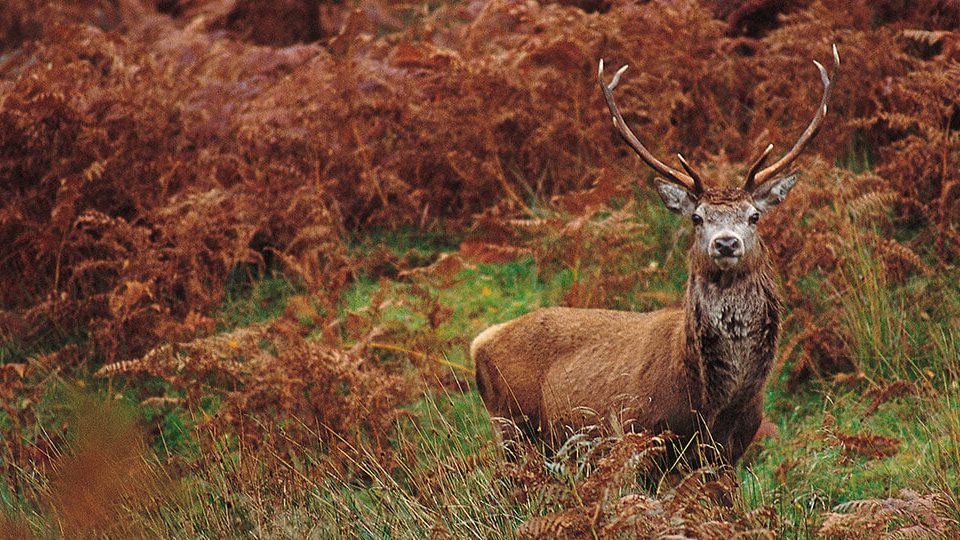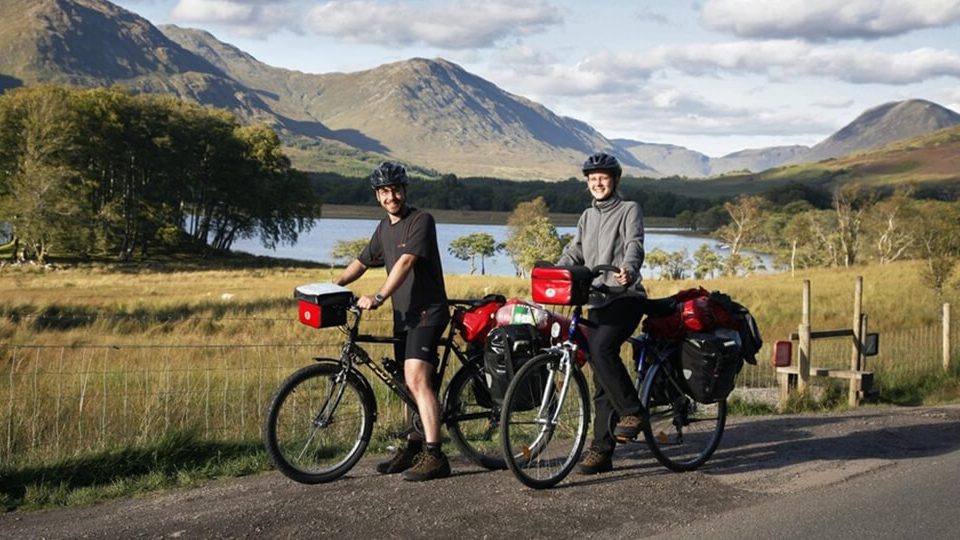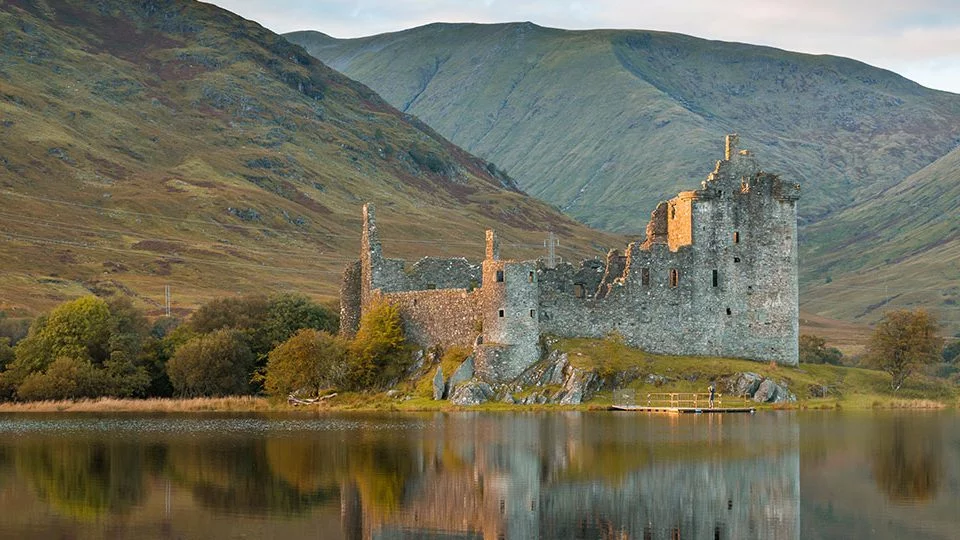Argyll is a coastal region of dramatic landscapes, stunning sea lochs, historic fishing villages, imposing castles and ancient monuments.
Loch Awe, Scotland’s longest and arguably most scenic freshwater loch, is an unspoilt area teeming with wildlife and possessed of a remarkable history that will surprise and delight those exploring its banks and landmarks. And Loch Fyne, Scotland’s longest sea loch, is connected by the Crinan Canal to the Sound of Jura. Noted for the purity of its waters, Loch Fyne is inhabited by seals, dolphins, otters and abundant birdlife along its stunning coastline.
Staying at the Blue Cottage by Loch Awe, or the Stable Cottage by Loch Fyne, you’re in the very heart of Argyll
The region’s name derives from Old Gaelic airer Goídel, meaning ‘Coast of [the] Gaels’. Not far from Loch Awe, near Crinan at the head of the River Add, was the seat of Scotland’s most ancient kingdom, Dal Riata (Dalriada), a Gaelic overkingdom that spanned western Scotland and parts of northeastern Ireland.
Argyll offers dramatically contrasting landscapes within very short distances, from the majestically rugged Glencoe and desolate beauty of Rannoch Moor to the tranquil Loch Etive and the rapids of its its tidal race into the Firth of Lorne. Almost everywhere you travel in Argyll are standing stones and bronze age cairns, mystical remnants of Scotland’s ancient past. And, just past the southerly end of Loch Awe, in Kilmartin Glen you’ll find one of the richest concentrations of prehistoric monuments and historical sites in Scotland; over 350 monuments within a 6-mile radius
Castles abound in Argyll; at least 40 of which you can visit and explore. The most notable castles are Inveraray Castle, ancestral home of the Duke of Argyll and chief of Clan Campbell, the ruin of Kilchurn Castle on the banks of Loch Awe and Castle Stalker, one of the best-preserved medieval tower-houses surviving in western Scotland. Besides Castles, Argyll also has an abundance of historic properties, many open year-round such as the spectacular Mount Stuart on the Isle of Bute, Inveraray Jail and Ardkinglas House on the shores of Loch Fyne.
From the first toehold of Christianity in Scotland on Iona, a tiny island located off the Isle of Mull, St Columba spread Christian religion across Dal Riata and beyond into Northern Britain. And across Argyll are a great many Christian sites and buildings to visit such as St Conan’s Kirk on the northerly shoreline of Loch Awe, Glenbarr Abbey near Tarbert and Kilmartin Church with its stone crosses and superb collection of beautifully carved medieval grave slabs. Should you visit the Isle of Bute, a very special site to visit is that of St Blane’s Church, a12th century Romanesque chapel set within an early Christian monastery; a charming, tranquil spot.
Warmed by the Gulf Stream, Argyll is blessed with spectacular Gardens opening to the public. From Arduaine Gardens, a 20 acre coastal garden created over 100 years ago and internationally renowned for its rhododendron species collection to Ardkinglas Woodland Garden on the shore of Loch Fyne where you’ll find the ‘Grand Fir’, Britain’s tallest tree. Equally abundant the length and breadth of Argyll is Scotland’s diverse wildlife from Sea and Golden Eagles to Seals, Otters, Wildcats, Deer, Pine Martens and Red Squirrels. And at Loch Knapdale, not far from Loch Awe, there’s even a Beaver Trial, which is reintroducing the Beaver species to Scotland after a 400 year absence
Lovers of outdoor and adventure pursuits are spoilt for choice in Argyll. It’s rugged terrain, mountain ranges, vast unspoilt areas and its lochs and coastline are a natural playground for walkers, mountain-bikers, kayakers and climbers. Golfers will find a huge range of welcoming and accessible links and parkland courses and for fishing enthusiasts there’s salmon, trout, sea trout and sea fishing opportunities aplenty. Loch Awe itself is notable for producing the British rod-caught record trout four times over the last decade.
Find out more about outdoor activities and great spots to eat near Loch Awe
Photo credits
- Trees at Loch Awe – Image © iStock.com/oversnap
- Loch Awe and Kilchurn Castle – Image © iStock.com/Stephen Bridger




